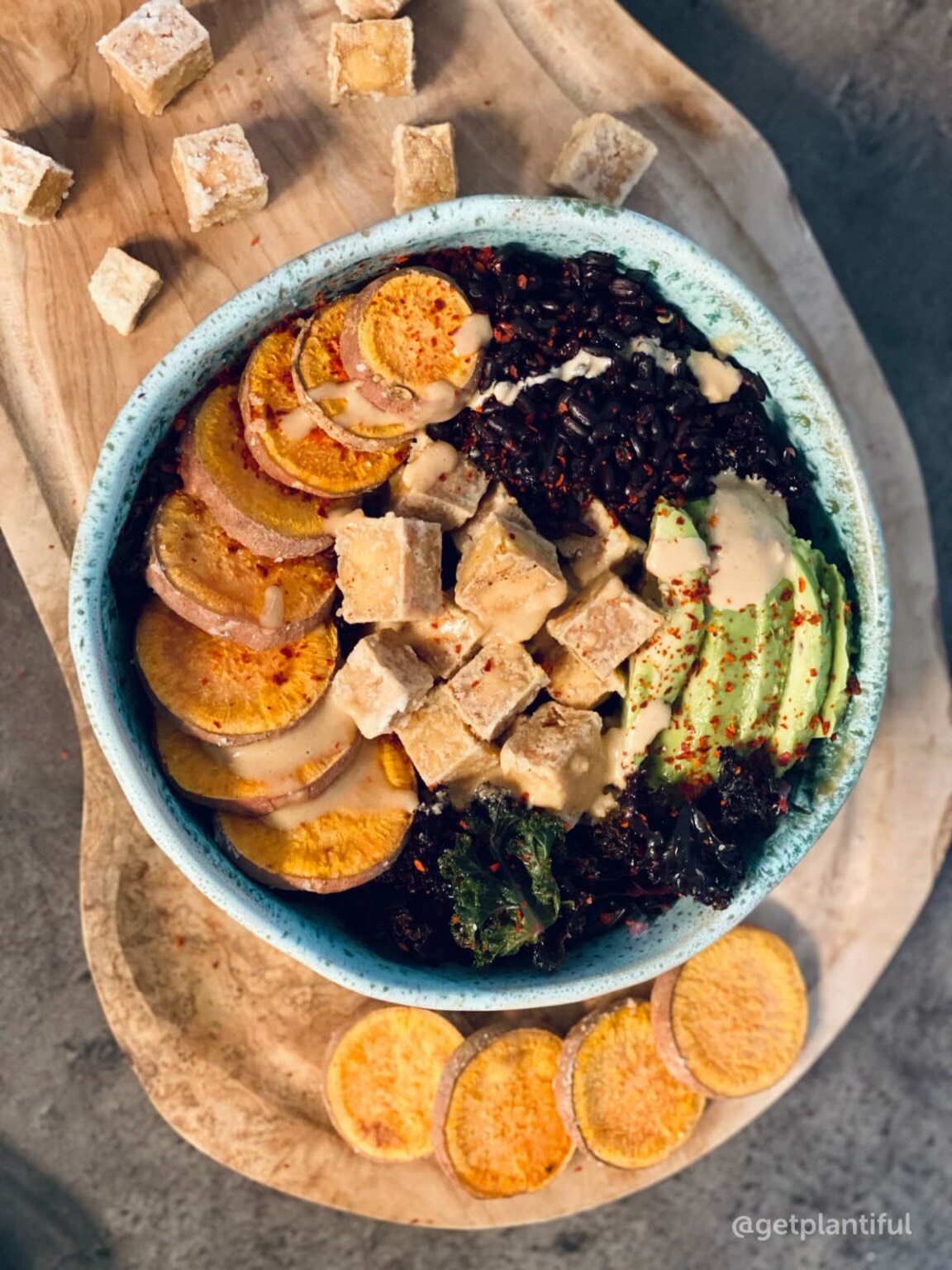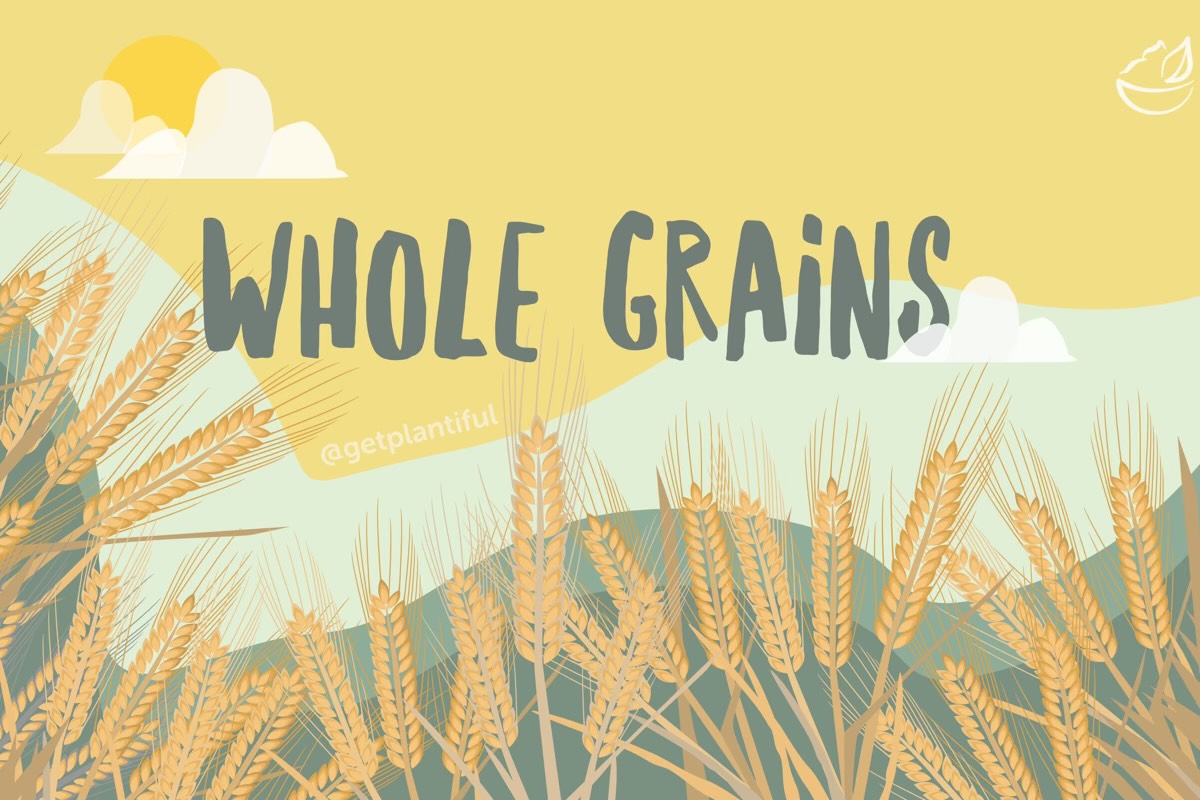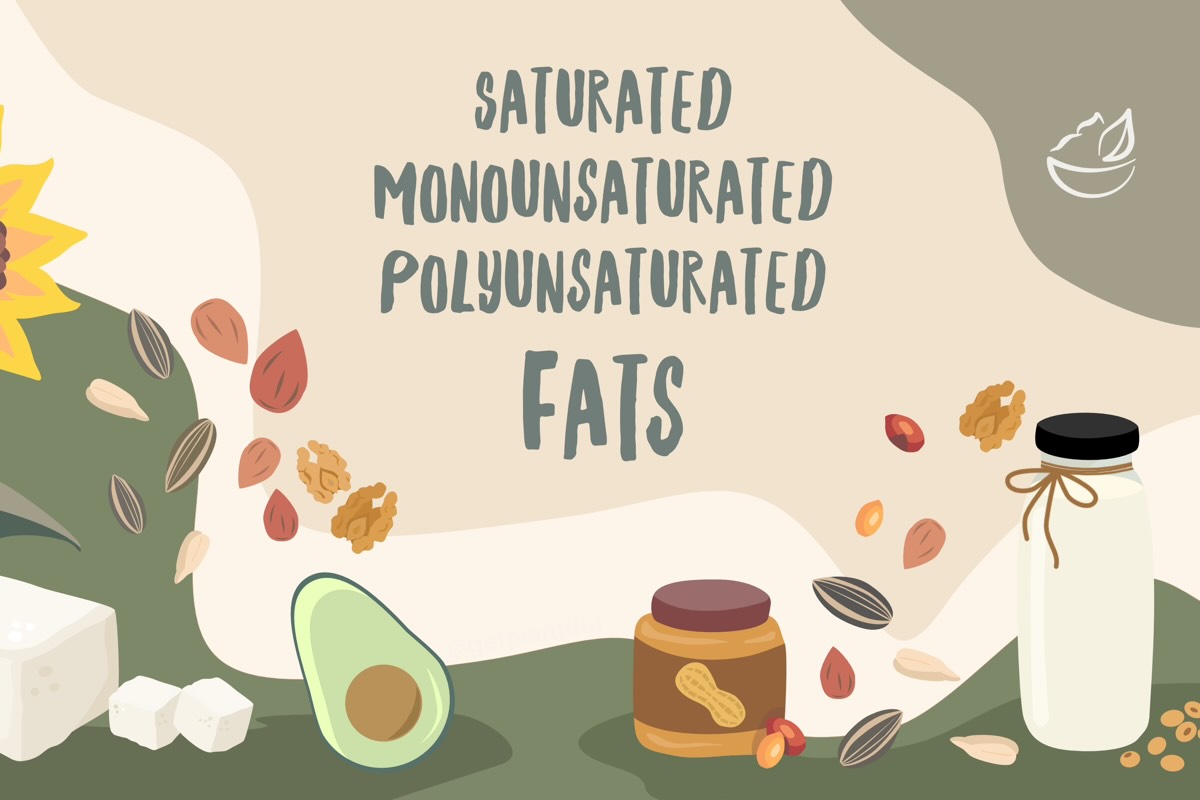Whole grains are an essential component of a healthy diet. They are known to be abundant in fiber and a good source of vitamins and minerals. They come in many shapes and sizes, from large kernels of popcorn to small quinoa seeds.
Knowing the different types of whole grains and how to include them in your diet can make a huge difference to your well-being. As with everything in life, you just need to start small and keep it simple. Swapping refined carbs in your diet with whole-grain versions is easier than you think.
What Is It Costing you?
The lack of knowledge about the wonder of whole grains and do are costing you and your dear ones much more than you think. In addition to increasing the quality of life, it also has an effect on the longevity of life. Did you know? Premature death is becoming increasingly common while it can simply be avoided. Michael Greger, in the book “How not to Die” [1] explains how simple lifestyle and nutritional changes can be an alternative for prescription pills and other pharmaceutical approaches. In that reference, whole grains can be the rescue from premature death due to their indefinite health benefits. Let’s dive into the universe of whole grains together.
What are Whole Grains?
Grains are the seeds of cereals, which are grass-like plants. Corn, rice, and wheat are some of the most prevalent kinds. Whole grains — the healthiest kind of grains — are present in their whole form or grounded while preserving all of the seed’s components (bran, germ, and endosperm).
Grains, whether crushed, rolled, or cracked, if they contain the 3 parts — bran, germ, and endosperm — in their original proportion, are considered to be whole grains.
Whole grains are a better source of fiber, vitamins, iron, folate, selenium, potassium and magnesium than refined grains.
A leading authority [2] recommends that your diet should consist of at least 3 servings of whole grains in a day.
Why Should You Consume Whole Grains?
-
Whole Grains have the power to save the lives of more than a million people each year. They lower the risk of heart disease, type 2 diabetes, obesity, and stroke. [3,4,5,6,7]
-
Whole-grain habitable intake also calms down inflammation, which puts you at a lower risk of dying at an early age due to inflammatory diseases. [8,9]
What Hearty Whole Grains Can Be Added To Your Diet?
There’s a whole universe of whole grains out there you might not have even heard of, for you to try and add to your list. For example, you may have heard of quinoa but what about kañiwa or even fonio?
Yes, there’s a huge list! Let’s have a look at some of the whole grain sources you can add to your diet.
Here are a few uncommon whole grain sources you should try: Wild rice, Freekeh, Amaranth, Millet, Sorghum, Teff, Buckwheat, etc.
For days you are packed and wish to go easy on cooking, you can try: amaranth, millets, regular oats, teff, whole wheat pasta, and popcorn.
For days you wish to cook whole grains that take longer such as barley, farro, steel-cut oats, you can prepare a big pot in advance to simply reheat during the week.
How to Pick Your Whole Grains?
- Just as it is with Picking Veggies, Go For Picking Colour For Your Whole Grains
To make an easy yet healthier decision while picking your whole grains, always pick the one with color at the grocery store. For example, pick blue corn over yellow and yellow over white, pick red quinoa over white, pigmented rice (such as red, purple, or even black) over brown.
Colored rice varieties not only have 5 times more antioxidants but have proven greater anti-allergy activity in vitro, stronger anticancer effects against breast cancer as well as leukemia cells. [10,11,12,13]
- Apply the Five-to-One Rule
In order to buy the true whole grains amongst the so-called and labeled “100% whole grain” items, always look at the back to its nutritional facts label section and work out the ratio of grams of carbohydrates to grams of dietary fiber. If it’s 5 or more, put it back on the shelf.
For example, on comparing wonder bread to Ezekiel English muffins, the muffins take the whole grains medal despite technically being the whole grain product.
Wonder bread has 30g of carbohydrates and 3 g of fiber (per serving), gives out 30/3=10 as compared to Ezekiel English muffins, which have 15g of carbohydrates and 3 g of fiber, (per serving), giving out 15/3=5.
You can use the same rule for breakfast cereals.
- Always Look for Intact Whole Grains
Different wheat forms such as wheat berries, shredded wheat, whole wheat flour are managed by the body differently despite all of them being 100% whole wheat sources. Whole grains are good for you but intact whole grains are even better for your body.
Here’s why:
On eating intact grains, even if you chew your meal thoroughly, whole seeds and grains convey starch and other goodies all the way down to your colon for your flora to feast on. This way, you’re feeding the good bacteria down there to be fruitful and multiply which would give out more stool. This helps to keep your body healthy. [14,15]
On the other hand, when grains are turned into flour in an unnatural way, practically all of the starch is digested in the small intestine, depleting your microbial self. When this happens on a frequent basis, it can lead to dysbiosis, a condition in which bad bacteria take control and increase your risk of inflammatory disorders or colon cancer. [16]
Small steps to enjoy more whole grains
We’ve put together some tips on how to enjoy more whole grains in your diet.
- Jumpstart your day with a hearty breakfast based on whole grains, such as oat meals, smoothie bowls topped with whole-grain granola, whole-grain toasts, etc.
Tip: use the “whole-grain” filter in our Plantiful app to discover all recipes that are based on whole-grain ingredients.

-
Substitute the white bread in your diet with whole wheat bread. I would even suggest looking for a local supplier of sourdough bread. Artisanal sourdough bread is extremely delicious and you would support a local business. Just make sure you opt for whole-grain types!
-
Replace the white rice with barley, bulgur, brown rice, black rice, wild rice or quinoa.

- Buddha Bowls are a great way to discover the whole grains universe. Next time when you make a Buddha Bowl, opt for a type of grain that you haven’t tried before.
If you have other tips and tricks to include more whole grains in someone’s diet, please do not hesitate to share them with us in a comment!
The Bottom Line
Whole grains are an essential part of a healthy diet which act as fuel for your body. Eating a range of whole grains equips your body with health-promoting nutrients while it also works on adding diversity to your meals and snacks.
We have a diverse range of some amazing whole grain recipes such as quinoa salad, chocolate oatmeal, buckwheat pancakes, etc. To get access, you can download our Plantiful app and explore!
Sources: [1] Greger, Michael. How Not to Die: Discover the Foods Scientifically Proven to Prevent and Reverse Disease. Flatiron Books, 2015.
[2] Eat 3 or more whole-grain foods everyday.http://www.heart.org/HEARTORG/GettingHealthy/NutritionCenter/HealthyEating/Eat-3-or-More-Whole-Grain-Foods-Every-Day_UCM_320264_Article.jsp. Accessed April 18, 2015.
[3] Wu H, Flint AJ, Qi Q, et al. Association between dietary whole-grain intake and risk of mortality: two large prospective studies in US men and women. JAMA Intern Med.2015;175(3):373–84.
[4] Tang G, Wang D, Long J, Yang F, Si L. Meta-analysis of the association between whole-grain intake and coronary heart disease risk. Am J Cardiol. 2015;115(5):625–9.
[5] Aune D, Norat T, Romundstad P, Vatten LJ. Whole grain and refined grain consumption and the risk of type 2 diabetes: a systematic review and dose-response meta-analysis of cohort studies.Eur J Epidemiol. 2013;28(11):845–58.
[6] Cho SS, Qi L, Fahey GC, Klurfeld DM. Consumption of cereal fiber, mixtures of whole grains and bran, and whole grains and risk reduction in type 2 diabetes, obesity, and cardiovascular
disease. Am J Clin Nutr. 2013;98(2):594–619.
[7] Lim SS, Vos T, Flaxman AD, et al. A comparative risk assessment of burden of disease and injury attributable to 67 risk factors and risk factor clusters in 21 regions, 1990–2010: a systematic analysis for the Global Burden of Disease Study 2010. Lancet.2012;380(9859):2224–60.
[8] Esposito K, Giugliano D. Whole-grain intake cools down inflammation. Am J Clin Nutr.2006;83(6):1440–1.
[9]Jacobs DR Jr, Andersen LF, Blomhoff R. Whole-grain consumption is associated with a reduced risk of noncardiovascular, noncancer death attributed to inflammatory diseases in the Iowa Women’s Health Study. Am J Clin Nutr. 2007;85(6):1606–14.
[10]Goufo P, Trindade H. Rice antioxidants: phenolic acids, flavonoids, anthocyanins, proanthocyanidins, tocopherols, tocotrienols, γ-oryzanol, and phytic acid. Food Sci Nutr.2014;2(2):75–104.
[11]Choi SP, Kang MY, Koh HJ, Nam SH, Friedman M. Antiallergic activities of pigmented rice bran extracts in cell assays. J Food Sci. 2007;72(9):S719–26.
[12]Pintha K, Yodkeeree S, Limtrakul P. Proanthocyanidin in red rice inhibits MDA-MB-231 breast cancer cell invasion via the expression control of invasive proteins. Biol Pharm Bull. 2015;38(4):571–81.
[13]Suttiarporn P, Chumpolsri W, Mahatheeranont S, Luangkamin S, Teepsawang S,Leardkamolkarn V. Structures of phytosterols and triterpenoids with potential anti-cancer activity in bran of black non-glutinous rice. Nutrients. 2015;7(3):1672–87.
[14]Fechner A, Fenske K, Jahreis G. Effects of legume kernel fibres and citrus fibre on putative risk factors for colorectal cancer: a randomised, double-blind, crossover human intervention trial.Nutr J. 2013;12:101.
[15]Hovey AL, Jones GP, Devereux HM, Walker KZ. Whole cereal and legume seeds increase faecal short chain fatty acids compared to ground seeds. Asia Pac J Clin Nutr. 2003;12(4):477–82.
[16]Tan J, McKenzie C, Potamitis M, Thorburn AN, Mackay CR, Macia L. The role of short-chain fatty acids in health and disease. Adv Immunol. 2014;121:91–119.




